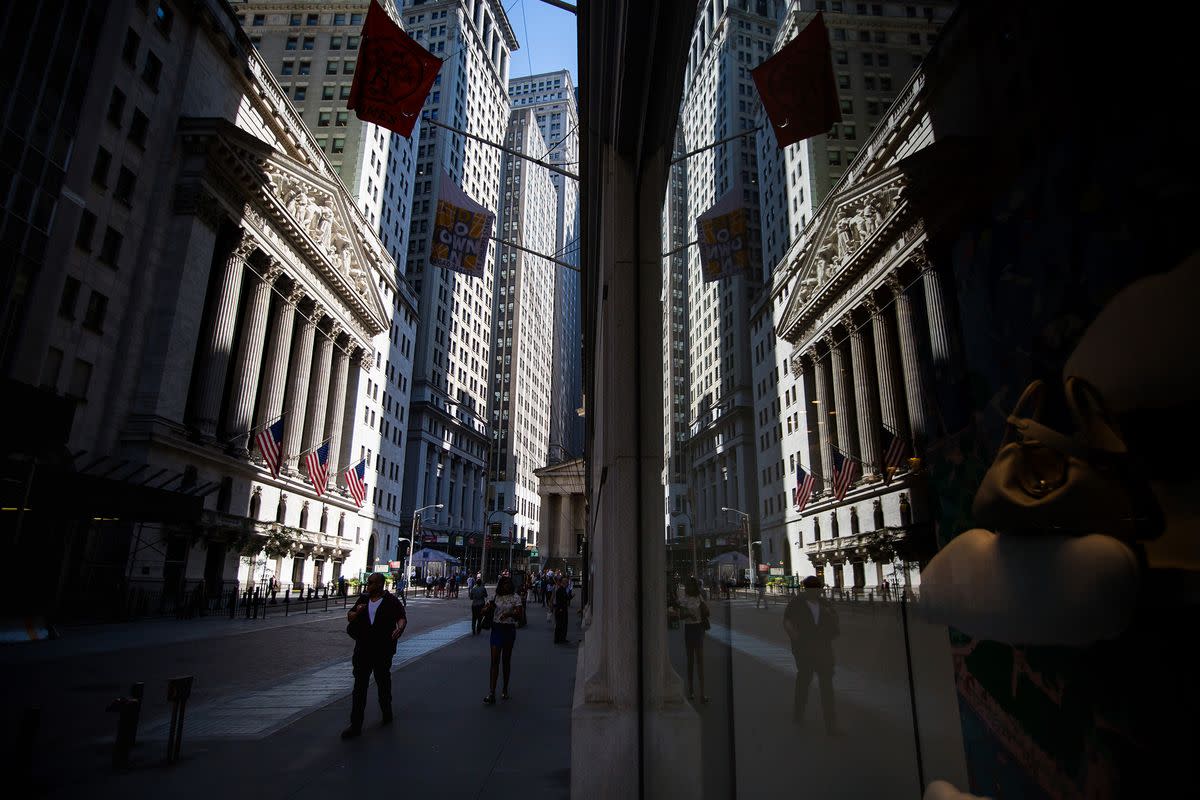What hedge funds do to deal with risk

Yahoo Finance contributor Jake Moore is a former hedge fund manager for Caxton, Tudor and Citadel. He now runs a new firm called Kaiseki Systems.
The recent spike in volatility shows again that market risk management should be at the core of the investment process. If one uses any leverage or has non-linear risks (such as selling options or running short positions) it is impossible to overstate the importance of market risk management. I will look at how to size positions according to risk and how hedge funds measure the risk in their portfolios.
Position sizing is about more than statistics
A good starting point for position sizing is to use an instrument’s statistical properties, such as volatility. To size positions using volatility with common sense, however, a broad range of measures should be looked at. Average true range may be more appropriate for leveraged positions and day trading and different look-back periods should be used. For example, if an instrument has been through a quiet patch of 5% volatility for the last month but has experienced 20% volatility in the last year, which should one choose? If you want to invest for the long term, it would be prudent to err on the side of caution.
Idiosyncratic risk factors
However, to properly understand risk we need to go beyond volatility. To do this, it is critical we understand each instrument’s idiosyncratic risk factors. Consider a controlled exchange rate. A controlled exchange rate has an artificially low level of volatility until policy changes or market forces overwhelm the system. Many interest rate and government bonds currently have a strong degree of central bank/government influence. This too can lead to long periods of low volatility, but history has taught us many times that these ‘controlled’ regimes are temporary, and they can change very dramatically. Certain instruments have substantial event risk. After-hours earnings releases and agricultural reports for commodities are two examples. So much of what we are interested in risk management and position sizing occurs in the tails of distribution — simple volatility measures don’t adequately reflect this.
Portfolio statistics and stress
Value-at-Risk (VAR) is often the first measure hedge funds use to measure portfolio risk. There are many degrees of complexity with VAR, but a historical VAR system is a useful guidepost that is quite easy to calculate. For example, using Excel one can look back over the past year and get the 95% VAR for one’s portfolio. If 95% VAR is calculated at $1,000, the portfolio is expected to lose less than $1,000 on 19 out of 20 days, and more than $1,000 dollars on one day out of 20, using the last year’s data.
One year’s data is an arbitrary period, so to overcome this issue hedge funds use a second and very important measure: Stress testing. Stress tests shows how much an instrument or portfolio moved at certain points in history. For example, how much did a portfolio of stocks fall after the Lehman Brothers crisis in October 2008? What happened to Asian currencies in late 1997? Having stress tests for certain periods in history that are appropriate for the instruments is a great way of adding texture to statistical measures such as VAR — they show the loss a portfolio would have experienced in extremely risky periods of history.
Establishing rules
The third pillar of market risk management is policy. Value-at-Risk and stress testing give useful numbers, but they are meaningless unless we set rules around the amount of risk that is appropriate. For example, one can set a VAR target for a portfolio at 3% and have a stress-test maximum loss of 10% for a given period. This is a very useful framework because if the most recent period has been one of low volatility (like we have had until this week), the stress test maximum limit means the portfolio cannot unduly grow in size just because volatility is currently so low. Added to one’s risk policy in the real world is a set of rules for how to deal with losses. For example, if a portfolio is down 10%, what level of risk is appropriate? A common-sense solution is that a portfolio that is down a lot of money should take less risk than a portfolio that is up a lot of money.
In conclusion, hedge funds are at the cutting edge of risk management because they use leverage, so it is useful to look at what they do. A key component is to understand the unique risk factors of every instrument, so we can critically evaluate sizing strategies. Then, add in measures of portfolio loss using VAR and stress tests. Finally, set and adhere to policies about the amount of risk to take and what to do when shocks inevitably happen.

